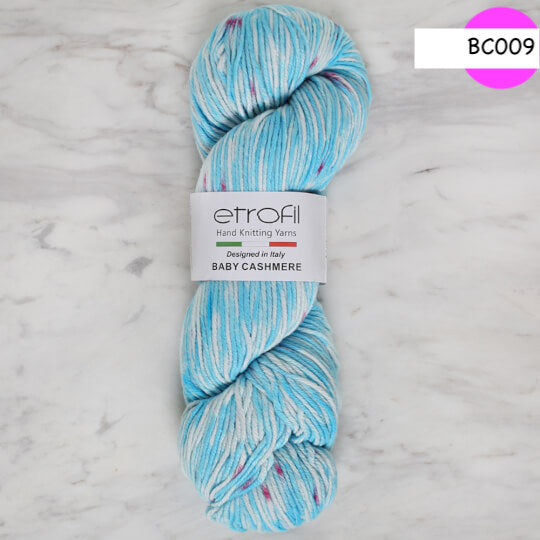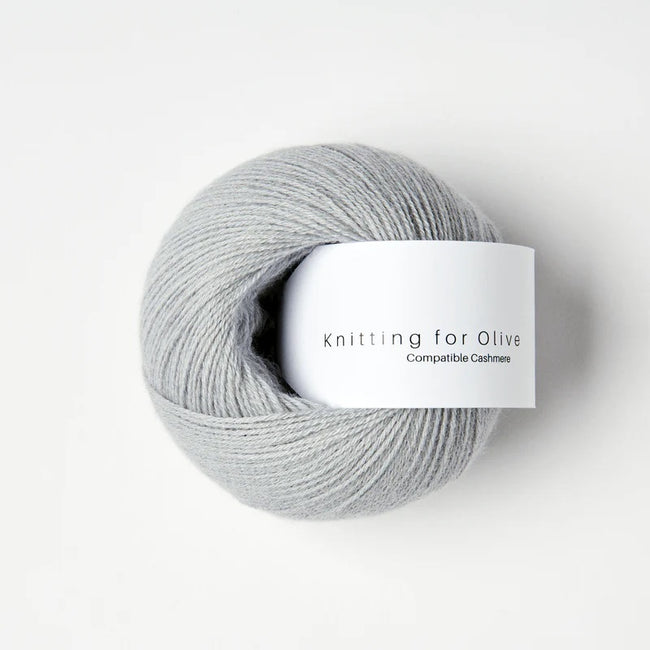What Is Cashmere and Why It’s Considered One of the Softest Fabrics in the World
Exploring the Numerous Sorts Of Cashmere an All-natural Fiber for Ultimate Luxury
Cashmere, a natural fiber, is often connected with luxury and comfort. Nonetheless, not all cashmere is created equivalent. From the highly soft Mongolian variety to the lightweight heat of Indian Pashmina, each kind provides its very own distinct attributes and allure. The extra cost effective Chinese cashmere, the conventional Scottish version, and the premium Italian blend, all inform a different tale of this impressive fiber. As we unwind the globe of cashmere, a much deeper understanding of its real worth and elegance begins to arise.
Understanding the Luxurious Nature of Cashmere
Cashmere, often linked with high-end and convenience, holds a special allure in the globe of natural fibers. Unlike various other natural fibers, cashmere combines insulation with breathability, supplying unparalleled convenience across differing temperatures. Its glossy surface and soft texture add to its high-end allure, validating the costs price that often comes with cashmere garments.
Just What Is Cashmere and Where Does It Come From?

Offered these outstanding high qualities, one might question the origin and make-up of this extravagant fiber. Cashmere is stemmed from the soft undercoat of cashmere goats, largely found in Mongolia, China, Iran, and Afghanistan - is cashmere a natural fiber. These goats are adjusted to rough climatic conditions, generating a very fine, soft underfur as a protection versus the bitter cold. This underfur, or undercoat, is what is gathered for cashmere. Each springtime, when the goats naturally shed their wintertime coat, farmers comb out the great underhair, leaving the coarser hair behind. This careful process contributes to the shortage and high price of cashmere. With its origin in the rough landscapes of Asia, cashmere is a testament to nature's capability to produce high-end from difficulty.
Deciphering the Different Kinds Of Cashmere
Recognizing the various types of cashmere is essential to appreciating the top quality and one-of-a-kind features of this lavish textile. Normally, cashmere is categorized into three kinds: raw, virgin, and reused. Decoding these kinds is the very first step in recognizing the exclusivity and worth of cashmere.

The Special Features of Each Kind Of Cashmere
Having explored the different categories of cashmere, it ends up being obvious that each kind boasts its one-of-a-kind set of features. Mongolian cashmere, for instance, is renowned for its premium quality, due to Mongolia's rough wintertimes that produce longer and finer fibers. On the other hand, Chinese cashmere is read more often a lot more cost effective, though its shorter fibers can minimize resilience.
Why Cashmere Is the Embodiment of Luxury in vogue
Cashmere holds an esteemed setting in the globe of fashion, pertained to as a symbol of high-end and sophistication. Its attraction is not just in its gentleness and heat, but likewise in its rarity and the meticulous procedure entailed in its procurement. Cashmere is acquired from the fine undercoat of Himalayan goats, understood for their superior high quality fiber. The deficiency of this fiber, combined with the labor-intensive process of collection, adds to its high price and special standing. Additionally, cashmere's unmatched comfort and longevity make it an in-demand product in the development of premium garments. Its natural lightweight and protecting residential properties add to its charm, making it the embodiment of luxury in fashion.
The Process of Making Cashmere: From Goat to Garment
The trip of cashmere, from being an undercoat of a Himalayan goat to an extravagant garment, is an elaborate one. This mix is then fastidiously separated, with just the soft down used for cashmere. From goat to garment, each action is a testament to the skill, perseverance and creativity entailed in crafting cashmere.

Verdict
Finally, cashmere, with its all-natural sophistication and exceptional comfort, preponderates on the planet of high-end fashion. The variety in kinds, varying from the soft Mongolian, lightweight Indian Pashmina, hop over to these guys inexpensive Chinese, conventional Scottish, to the vibrant Italian, exposes the Recommended Reading flexibility of this natural fiber. The meticulous procedure of changing it from a goat to a garment additionally adds to its exclusivity, making cashmere the embodiment of refinement and deluxe.
Cashmere, an all-natural fiber, is commonly associated with deluxe and comfort (is cashmere a natural fiber).Cashmere, often linked with luxury and convenience, holds a distinct attraction in the world of all-natural fibers. Unlike other all-natural fibers, cashmere combines insulation with breathability, providing unparalleled convenience throughout varying temperature levels. Cashmere is derived from the soft undercoat of cashmere goats, largely discovered in Mongolia, China, Iran, and Afghanistan. Cashmere is acquired from the fine undercoat of Himalayan goats, recognized for their superior high quality fiber